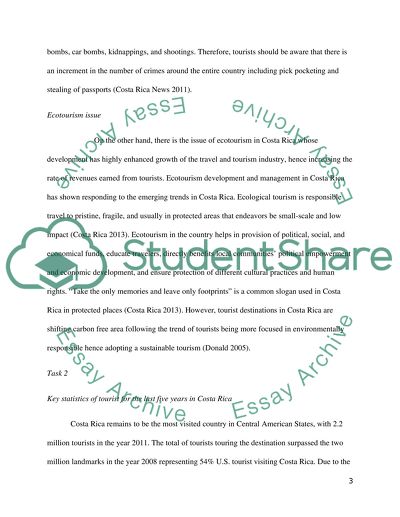Cite this document
(“Contemporary issues in travel and tourism Assignment”, n.d.)
Retrieved de https://studentshare.org/tourism/1490116-contemporary-issues-in-travel-and-tourism
Retrieved de https://studentshare.org/tourism/1490116-contemporary-issues-in-travel-and-tourism
(Contemporary Issues in Travel and Tourism Assignment)
https://studentshare.org/tourism/1490116-contemporary-issues-in-travel-and-tourism.
https://studentshare.org/tourism/1490116-contemporary-issues-in-travel-and-tourism.
“Contemporary Issues in Travel and Tourism Assignment”, n.d. https://studentshare.org/tourism/1490116-contemporary-issues-in-travel-and-tourism.


